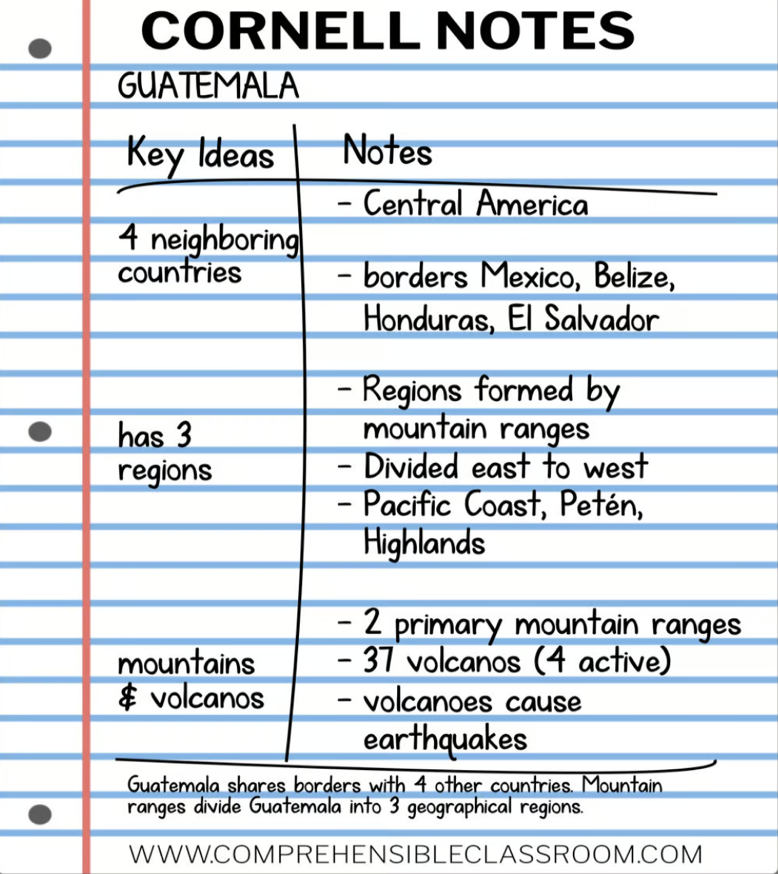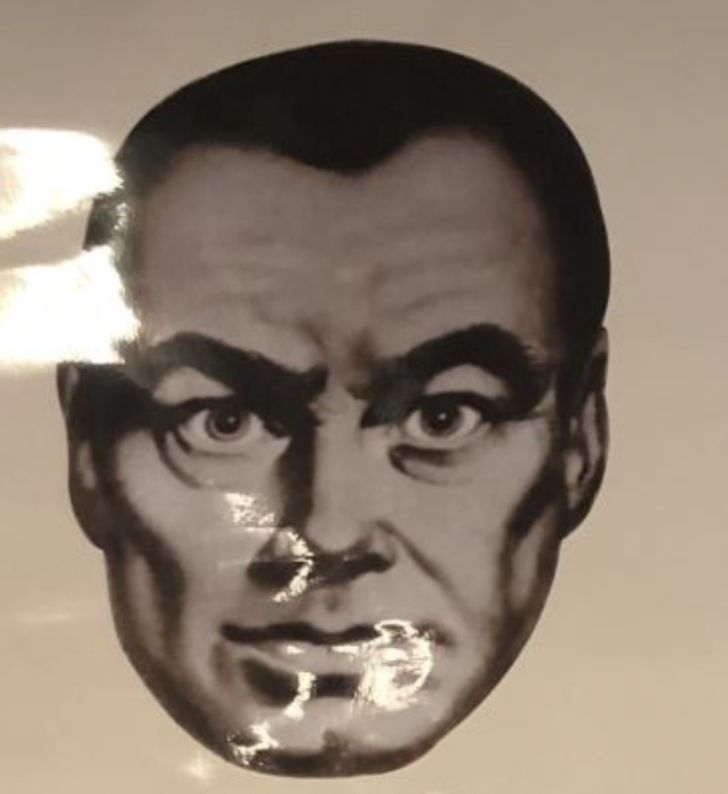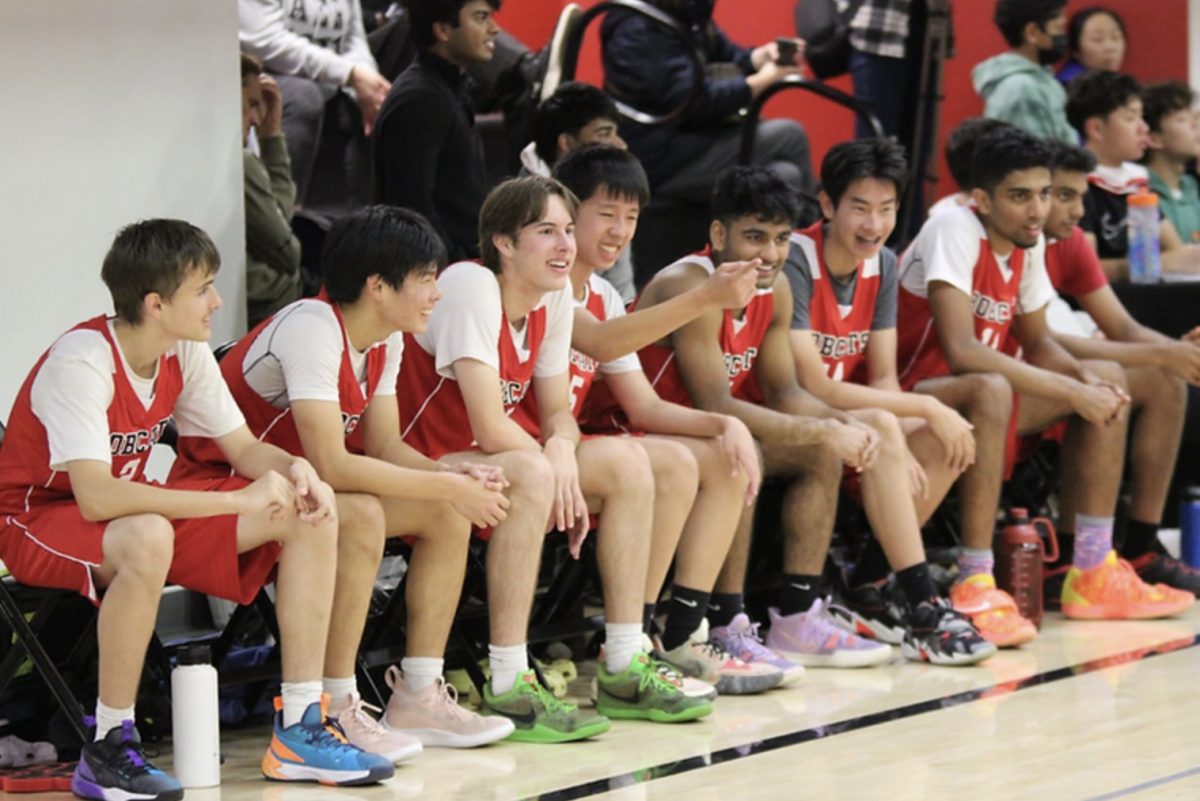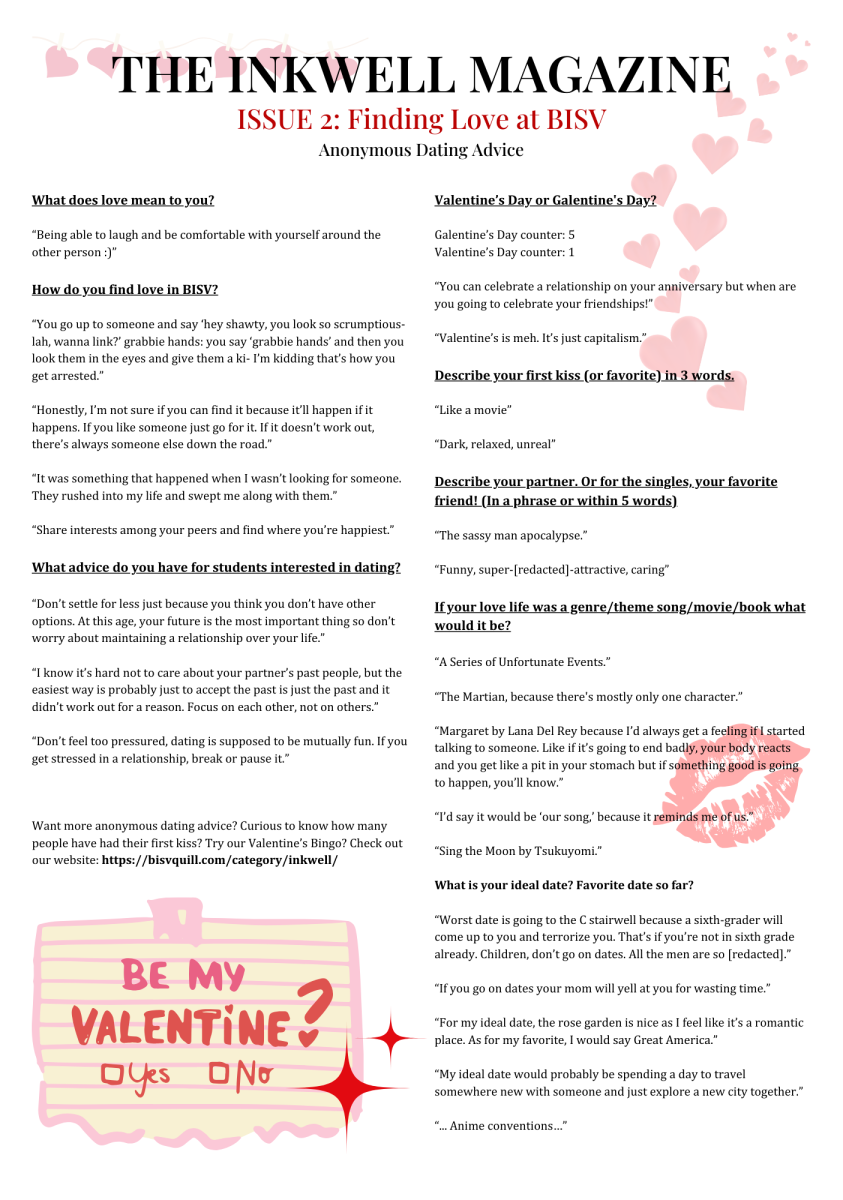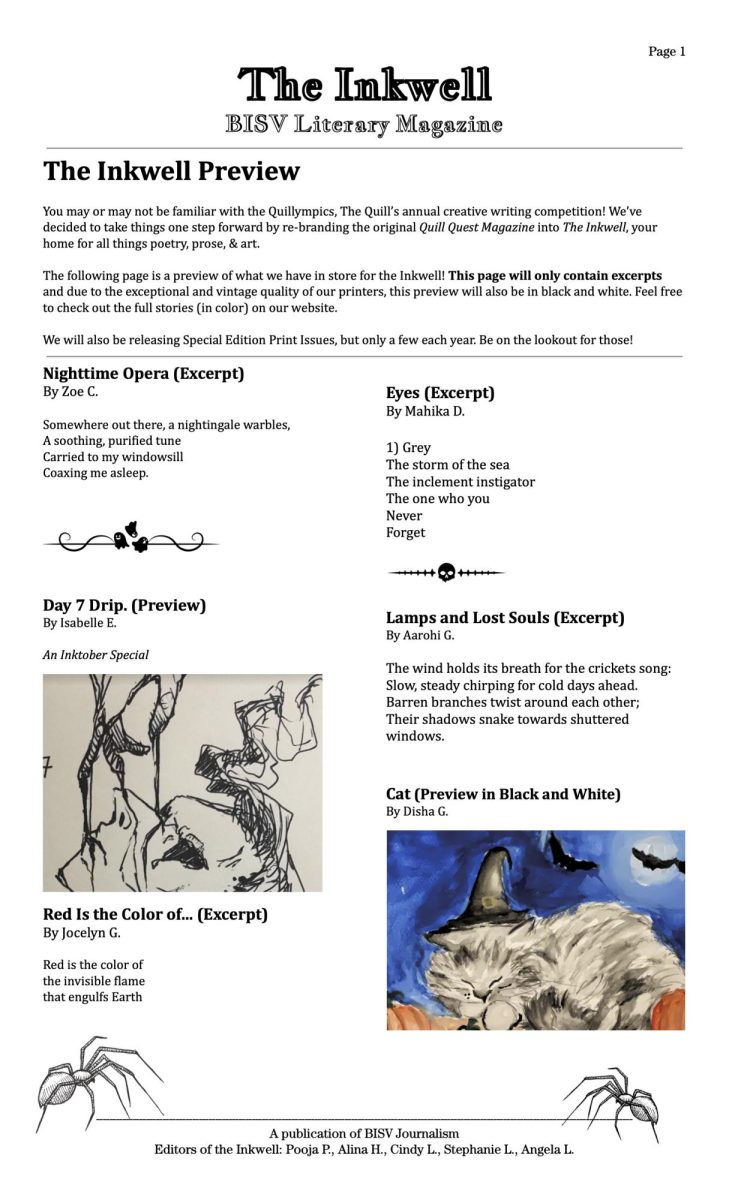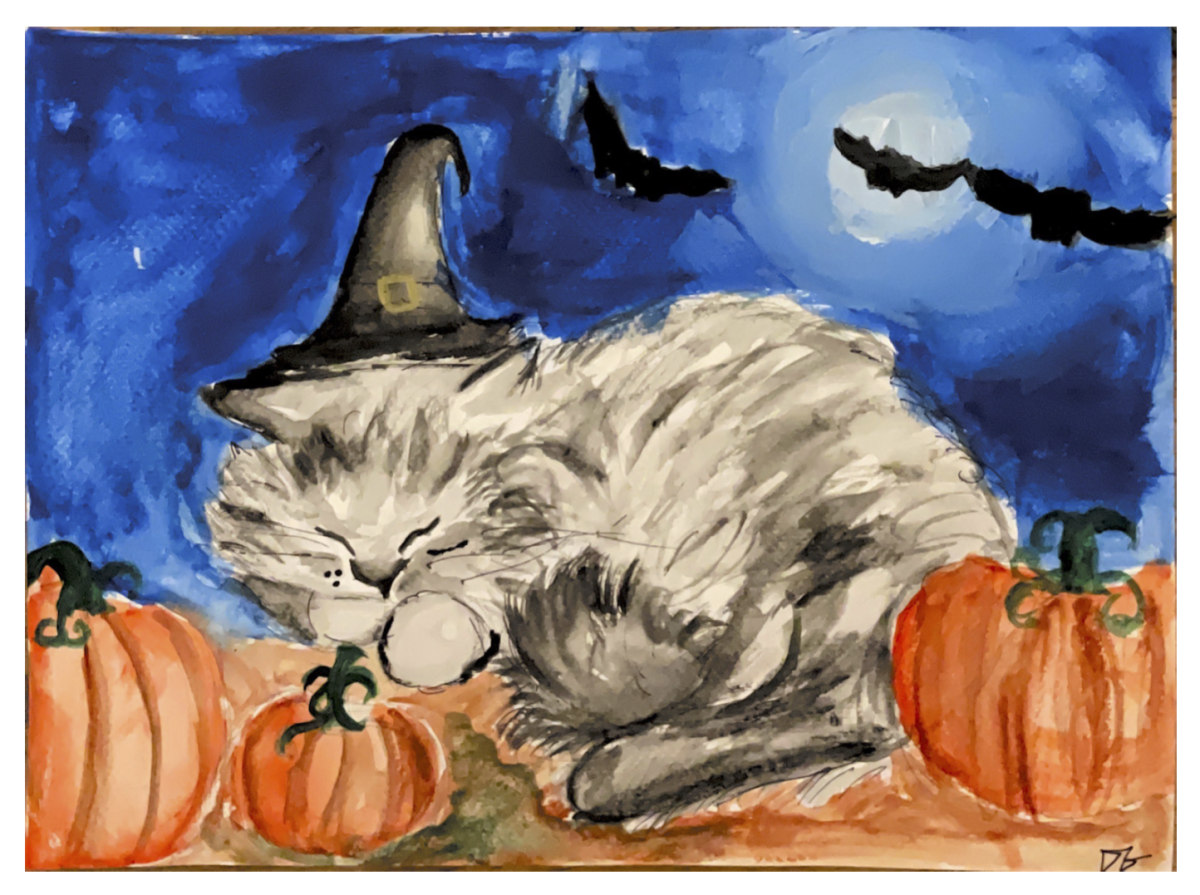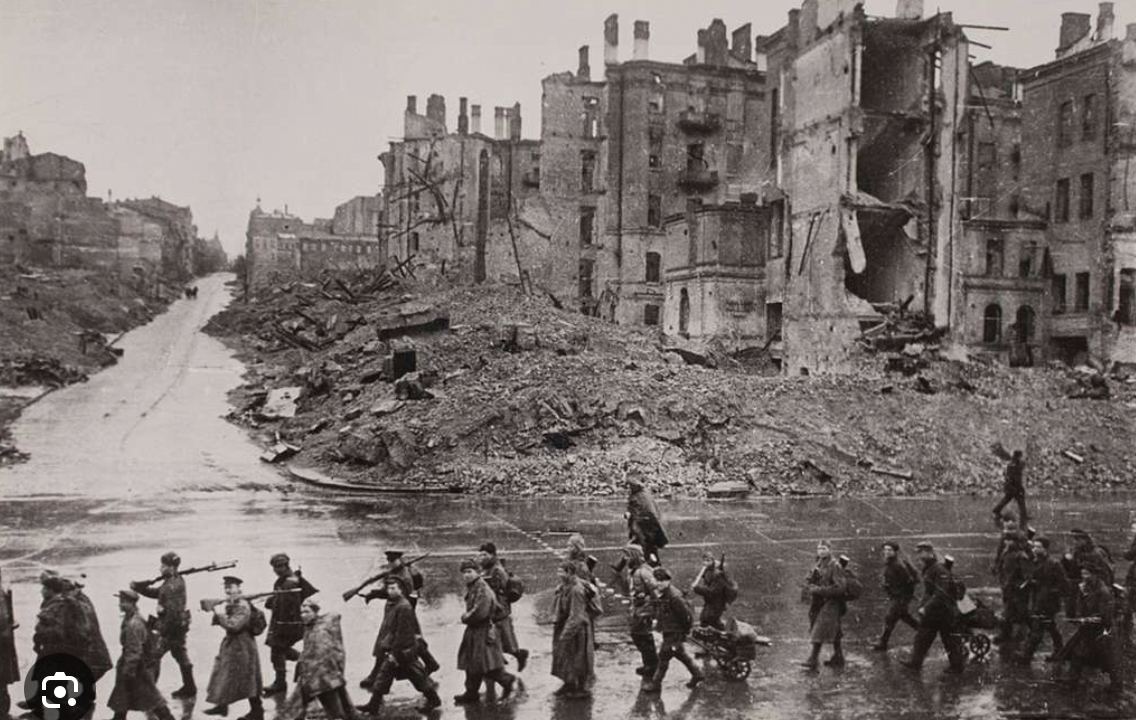Over the past few decades, video games have often been associated with causing addiction, normalizing violence, and hindering social development. These comments are not unfounded, but as video games evolve in structure and content, society should adopt a more balanced view that considers the benefits of this popular medium. With a market larger than the music and movie industries combined, video games can be a medium for educating people about history in addition to promoting social change.
Traditional media in history classes, such as textbooks, is not the only way to take a step back into the past. Video games can be recognized as a form of public history, which is defined as history education and engagement that occurs outside traditional teaching institutions. With a much larger reach than history books, video games can engage and inform people about historical events.
One example of video games acting as a form of public history is My Child Lebensborn, a game based on real events that depicts the plight of children in a post-WWII society. In the game, the players adopt a child born under the Lebensborn program– Nazi Germany’s attempt to breed a master race to advance Nazi goals of conquering and colonizing the territories of Eastern Europe. The main task of the game is to take care of and accompany the child while he or she copes with insults, bullying, and depression. Throughout the game, the Eugenics behind the Lebensborn program and the history of Norway during the German occupation gradually unfolded as you read journals and historical documents. The Lebensborn program was created to promote the birth of the racially superior Aryan race, and the parents of the Lebensborn child were selected for their traits in order to breed Hitler’s ideal race. Born to a Nordic woman and German soldier, the child adopted by players is viewed by Norwegian neighbors as a product of the enemy. This explains why the child suffers from the resentment from Norwegian people after the end of WWII. The fact that the Lebensborn child is ostracized by her community solely for her genes echoes Nazi racism. This prompts the audience to reflect on the shift in Norwegian people’s identity from victims to perpetrators, highlighting the nuances of history.
By constantly asking the players to advise the child on how to cope with daily issues, My Child Lebensborn visualizes the egregious consequences of wars and prompts people to sympathize with the child. By creating a connection between the player and the Lebensborn child as adoptive parent and child, the game brings one specific child in plight closer to the players, strengthening people’s sense of responsibility to shield the child from hatred, bullying, and sexual harassment. In this case, we as individuals are not and cannot be bystanders bearing no social responsibility within a large population anymore. Instead, we are the only ones left who can guide and support the helpless child who was abandoned and resented by their parents and fellow Norwegians. My Child Lebensborn reminds people who are distant from war that it is not just a picture of ruins or a death toll; it is the beginning of a misery that casts a shadow over people forever. Perhaps in the future, the sympathy for one Lebensborn child can transcend into people’s compassion for the millions of children born in wars around the world. However, psychic numbing can weaken people’s reaction to wars. “If I look at the mass, I will never act. If I look at the one, I will.” Mother Teresa’s words exemplify psychic numbing as a human response to the suffering of others. Psychic numbing demonstrates human indifference to increasing numbers of deaths. Too often, the deaths of numerous people merely become a statistic in people’s minds. Thus, players who feel connected to one specific Lebensborn child might not feel capable or willing to help thousands of them.
Perhaps in the future, video games have the potential to promote greater social understanding of nuanced issues and better solutions to conflict. Generating empathy was emphasized as one of the most critical elements by many scholars in the conflict-resolution literature. As Game developers are encouraged to re-envision their products as something beyond entertainment: a tool for peace, more game companies and players might be aware of the tremendous power video games have on narrating history and encouraging collective action in the future. Although video games are often thought to be associated with violence, they can be powerful means to foster tolerance and empathy. Evoking strong emotions and educating on past conflicts, video games allow people to reflect on the past and empower them to create a better future, leading us into a new era of social growth.
References
“Microsoft, Regulators Tangle in Court over Fate of $69 Billion Deal That Could Reshape Video Gaming.” AP News, 21 June 2023, apnews.com/article/microsoft-activision-video-game-takeover-court-ftc-caebb00c5c762c7c82cf7a62885424ba.
Moyer, Melinda Wenner. “The “Psychic Numbing” of Mass Tragedies.” The New York Times, 27 May 2022, www.nytimes.com/2022/05/26/well/live/coping-mass-shooting-tragedy.html.
“True Story.” MyChildGame Wiki, mychildgame.fandom.com/wiki/True_Story.
Wen, Tiffanie. “What Makes People Stop Caring?” Www.bbc.com, 1 July 2020, www.bbc.com/future/article/20200630-what-makes-people-stop-caring.
United States Holocaust Memorial Museum. “Lebensborn Program.” Encyclopedia.ushmm.org, 29 Sept. 2020, encyclopedia.ushmm.org/content/en/article/lebensborn-program.
Video Game Addiction and Violence: Is There a Connection? – Beachside Teen Treatment Center. beachsideteen.com/video-game-addiction-violence/.
“Video Games for Peace and Sustainability.” UNESCO MGIEP, mgiep.unesco.org/article/video-games-for-peace-and-sustainability.
Young, Abbie Hartman, Rowan Tulloch, Helen. “Video Games as Public History: Archives, Empathy and Affinity.” Game Studies, vol. 21, no. 4, 1 Dec. 2021, gamestudies.org/2104/articles/hartman_tulloch_young.




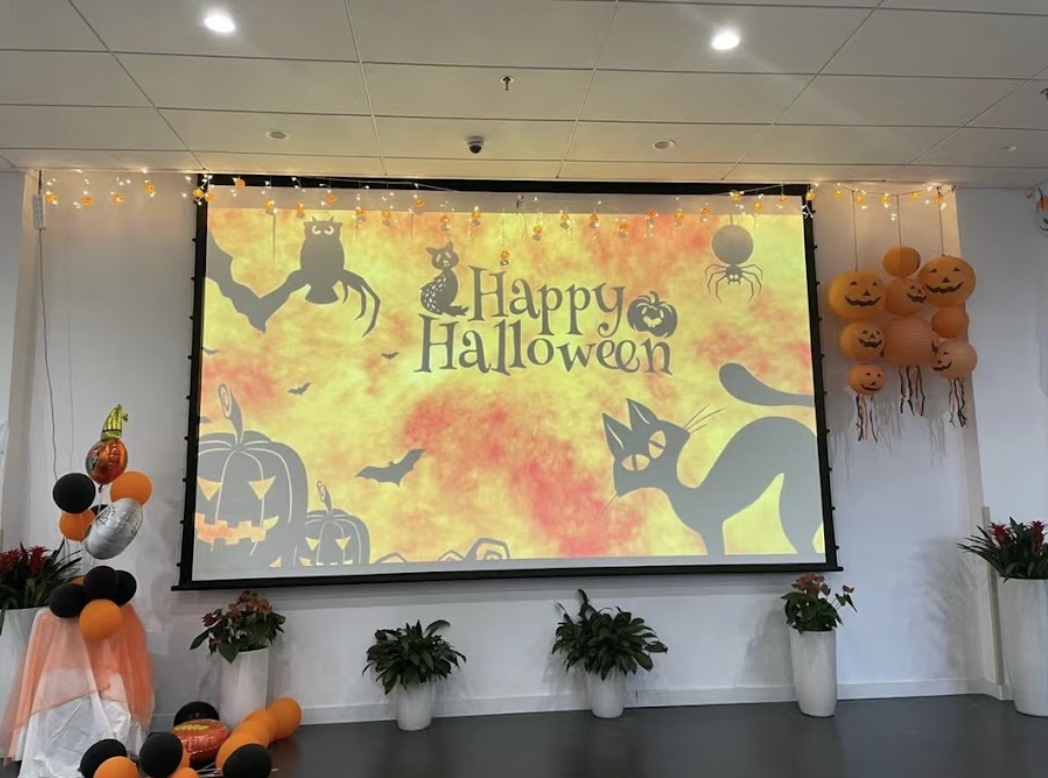
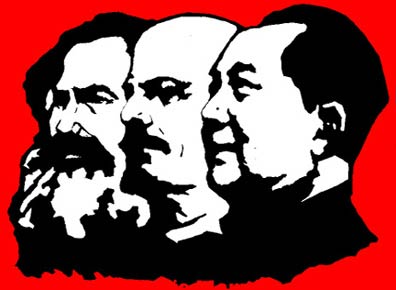

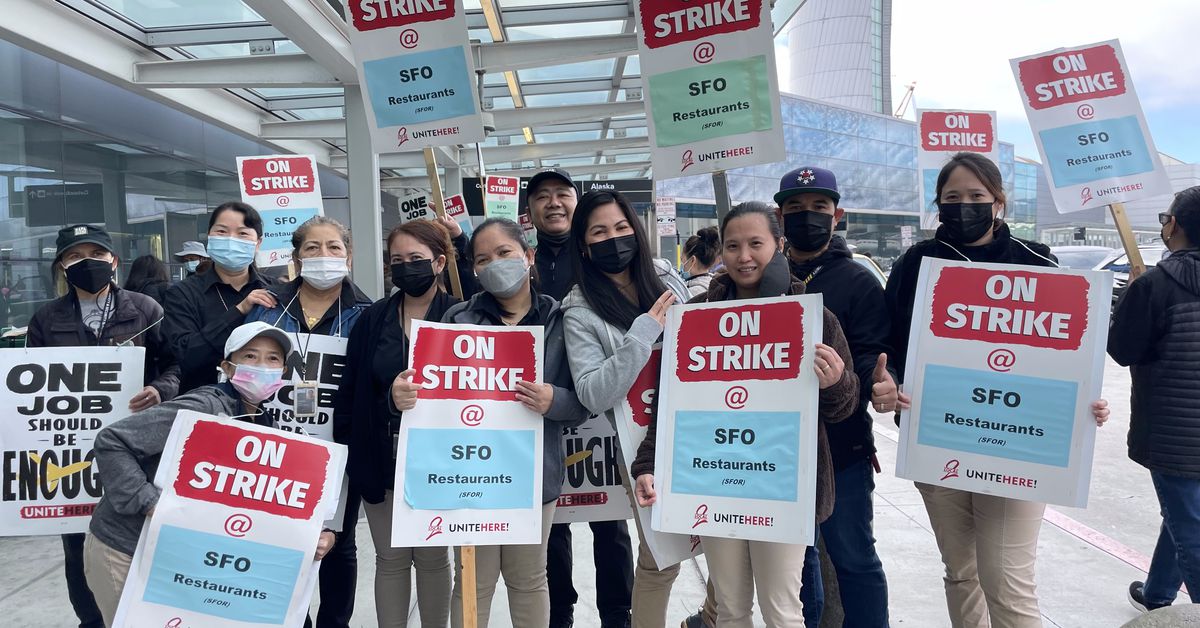


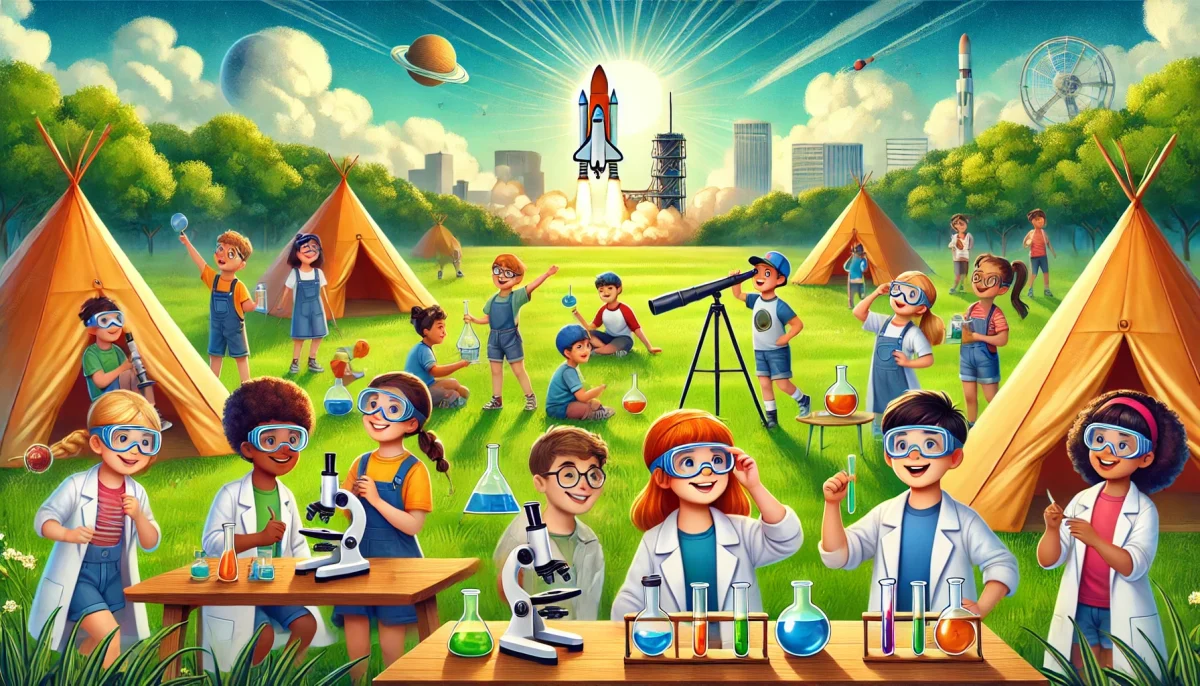
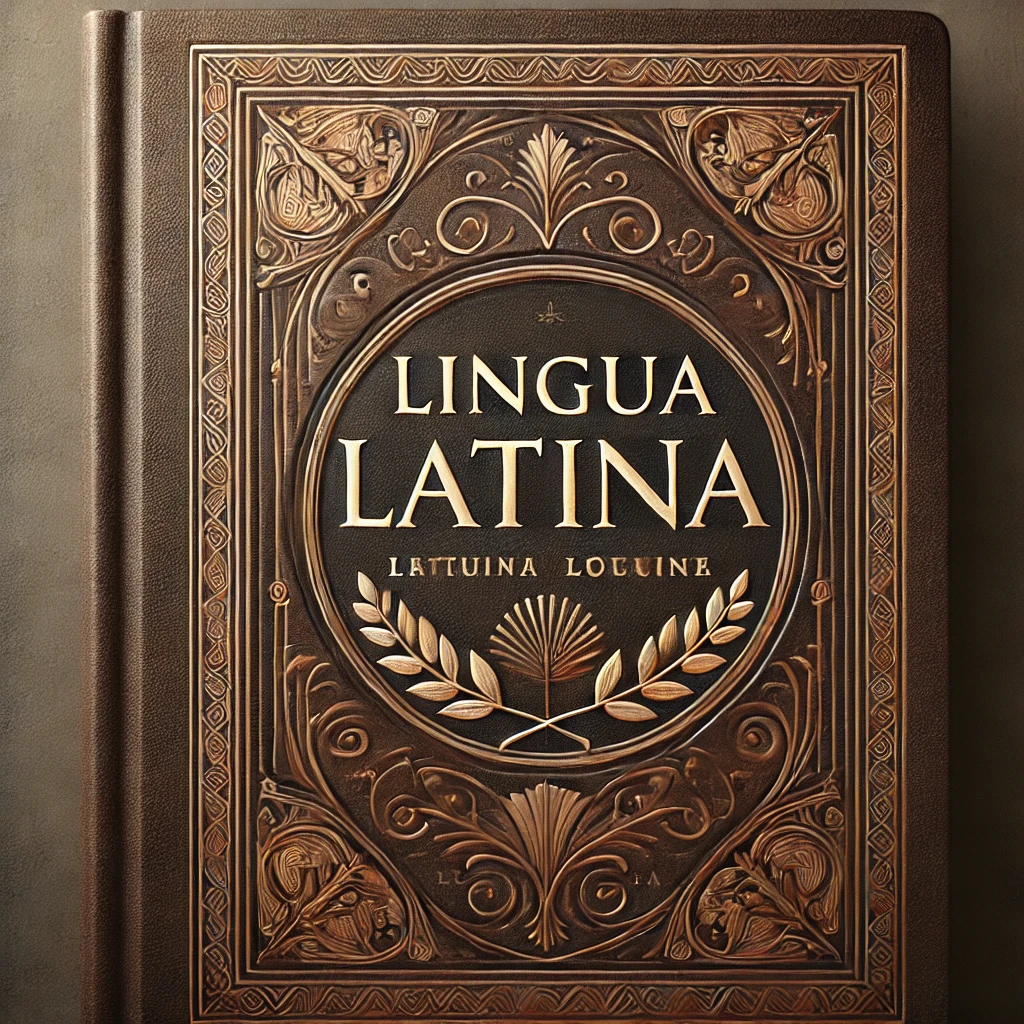


![Teacher [Milk] Tea: Part 2](https://bisvquill.com/wp-content/uploads/2024/03/Screen-Shot-2024-03-19-at-9.28.48-PM.png)
![Teacher [Milk] Tea: Part 1](https://bisvquill.com/wp-content/uploads/2024/03/milk-tea.png)
